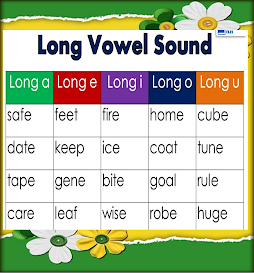RPMS (Results-based Performance Management System) is a tool used by the Department of Education in the Philippines to assess the performance of its teachers and Master Teachers. The system helps to ensure that all educators in the country are providing high-quality education and meeting the necessary standards. RPMS Tools for Teachers and Master Teachers are designed to make the process of evaluation more efficient and effective.
RPMS Tools for Teachers and Master Teachers
include various forms and templates that teachers use to document their
performance, such as the Individual Performance Commitment and Review Form
(IPCRF), and the Performance Improvement Plan (PIP). These documents allow
teachers to set goals and objectives for themselves, track their progress, and
demonstrate their achievements to their supervisors.
The IPCRF is a form that teachers use to outline
their performance goals and targets for the school year. It includes specific
areas of evaluation, such as Teaching Competencies, Instructional Management,
and Professional Development. The form also includes a self-assessment section,
where teachers can evaluate their performance and identify areas for
improvement.
The Performance Improvement Plan (PIP) is a tool
that is used to help teachers who are struggling to meet their performance
targets. The PIP outlines specific areas where improvement is needed and
includes strategies for improvement, as well as a timeline for achieving the
goals.
In addition to these forms and templates, RPMS
Tools for Teachers and Master Teachers also include various resources and
training modules. These resources provide guidance on how to use the tools
effectively, as well as tips and strategies for improving performance.
Overall, RPMS Tools for Teachers and Master
Teachers are essential resources for educators in the Philippines. By using
these tools, teachers can ensure that they are meeting the necessary standards
and providing high-quality education to their students. Additionally, these
tools provide teachers with the support and guidance they need to continually improve
their performance and achieve their professional goals.
Guide:
Disclaimer:
This site does not claim ownership of these posted materials. It is only intended to help our fellow teachers and learners. This post is created for information, education, and dissemination. no copyright infringement intended.
Copyright Disclaimer:
Under Section 107 of the Copyright Act 1976, allowance is made for "fair use" for purposes such as criticism, comment, news reporting, teaching, scholarship, and research. Fair use is a use permitted by copyright statute that might otherwise be infringing. Non-profit, educational, or personal use tips the balance in favor of "fair use". The recent amendments to the Copyright Act of 1976 pertain to music. "Fair use" remains in force for film and video.



